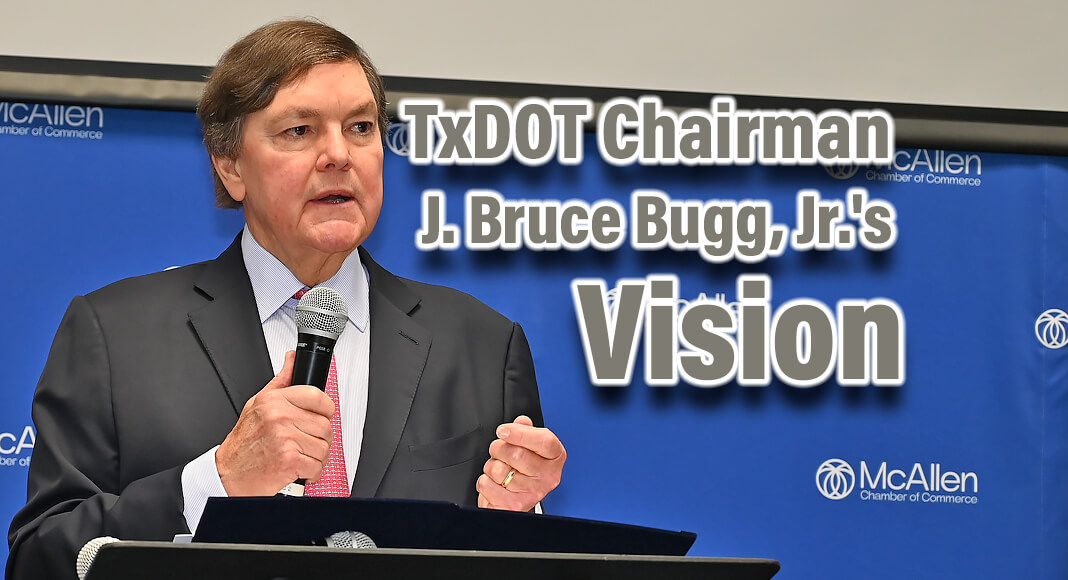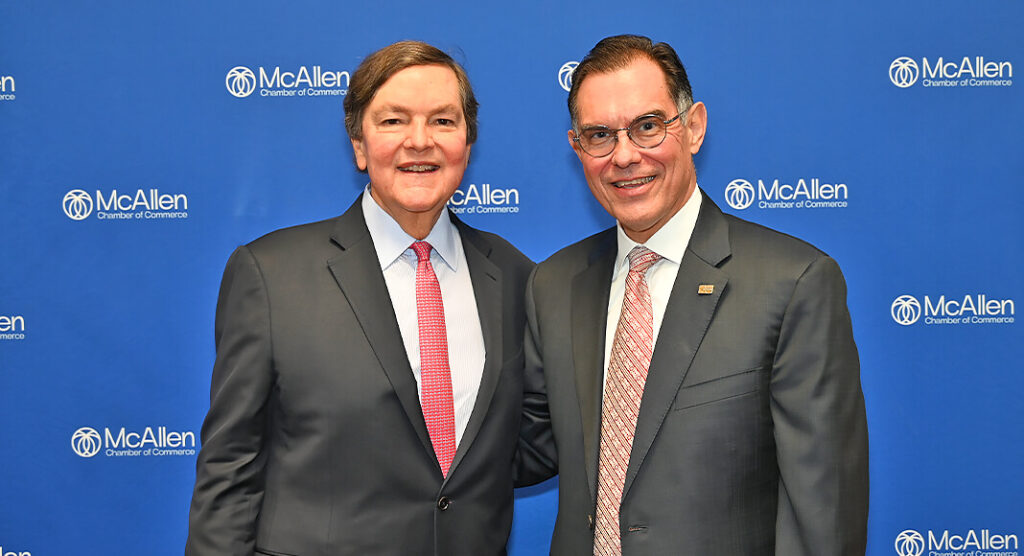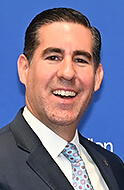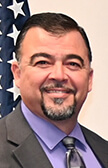
Texas Border Business
By Roberto Hugo González
The McAllen Chamber Government Affairs event was a significant platform where stakeholders gathered to discuss the future of transportation in Texas. The central figure of the event, Texas Department of Transportation (TxDOT) Chairman J. Bruce Bugg, Jr., laid out the roadmap for a state wrestling with exponential growth. Introduced by David Deanda, president of Lone Star National Bank—one of the sponsors of the event—Chairman Bugg shed light on the tremendous challenges and opportunities ahead for the state’s infrastructure, particularly in the Rio Grande Valley.
Chairman Bugg highlighting Texas’s remarkable population growth. With a rise of over 4 million people from 2010 to 2020, and an estimated 40 million residents by 2050, the statistics are indeed eye-opening. This phenomenal growth brings Texas face-to-face with the pressing need for robust, efficient, and forward-looking transportation infrastructure.

Significantly, the Rio Grande Valley—a region already growing with activity—is projected to double its population by 2045. Chairman Bugg underscored the need for local and state-level coordination to manage this population surge effectively. This partnership is especially crucial in the wake of Governor Abbott’s mandate to TxDOT to “turn dirt,” emphasizing swift execution of infrastructure projects.
The Chairman extended his praise to the hardworking team of TxDOT, particularly district engineer Pete Alvarez and deputy district engineer Rex Costley, who oversee the massive task of managing over 6,600 lane miles in the Rio Grande Valley. With the recent appointment of Alex Meade, a native of the Rio Grande Valley, to the commission, the state government underscores the necessity of local representation in higher-level decision-making.
One of the landmark developments is the Texas Transportation Commission’s approval of its Unified Transportation Program (UTP) for 2023, allocating an unparalleled $3.6 billion for the Rio Grande Valley, up from $500 million in 2015. This leap in funding is part of a broader $142.3 billion 10-year transportation program for the state.
Chairman Bugg said that this dramatic increase in funding is not a mere coincidence; it’s the result of a strategic merger of three Metropolitan Planning Organizations (MPOs) in the Rio Grande Valley. By pooling resources and coordinating efforts, the region has positioned itself effectively to secure state-level funding. Chairman Bugg emphasized that this would result in roughly 70,000 jobs per year as part of a broader economic initiative.
The merger of the Rio Grande Valley’s three separate MPOs into one demonstrates the power of collective action. He pointed out that MPOs not only act as a funnel for state and federal funding but also as a platform where a region’s transportation priorities are articulated and championed. As Chairman Bugg highlighted, the clarity in communication from unified MPOs has made the job of allocation considerably more efficient for the commission.
While the spotlight is on growing urban regions like the Rio Grande Valley, the UTP has not overlooked rural Texas. The nine-fold increase in rural funding—from $2.2 billion to $19.2 billion—indicates a balanced approach to statewide infrastructural development. This is good news for the Rio Grande Valley, as enhanced connectivity with rural Texas adds another dimension to its growth prospects.
Echoing Governor Abbott’s urgency to “turn dirt,” Chairman Bugg stressed the need to promptly turn the allocated budgets into real-world projects. The Rio Grande Valley is eagerly awaiting the commencement of projects like the International Bridge Trade Corridor (IBTC) Phase One. The MPOs are expected to play a pivotal role in fine-tuning the projects according to local needs, making sure that the funding is used judiciously and expediently.
The McAllen Chamber Government Affairs event was more than just another gathering; it was strategic vision that Texas holds for its future. Spearheaded by seasoned leaders like Chairman J. Bruce Bugg, Jr., who wears multiple hats across both the private and public sectors, Texas stands on the tip of a new era of infrastructural innovation and growth. As Chairman Bugg moves into his sixth year at the helm of TxDOT, the residents of the Rio Grande Valley—and indeed all of Texas—have every reason to be optimistic about what lies ahead on the road to progress.















